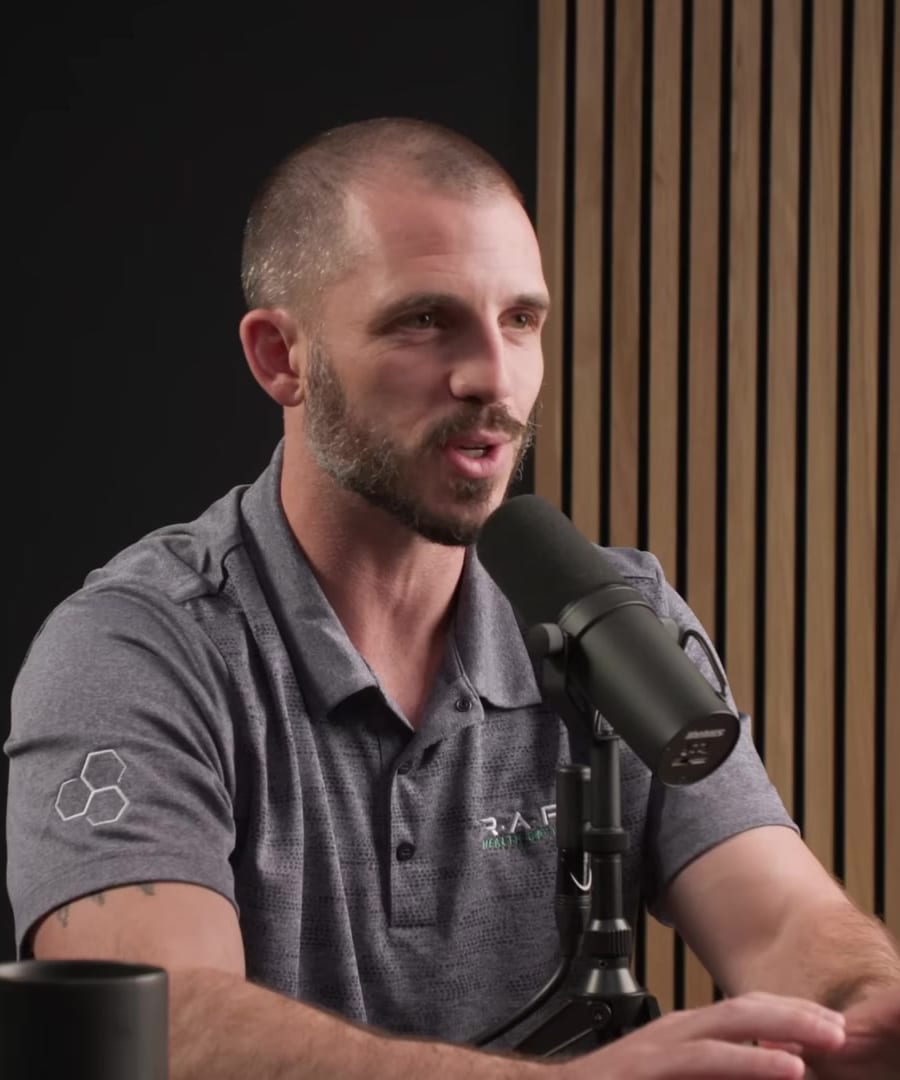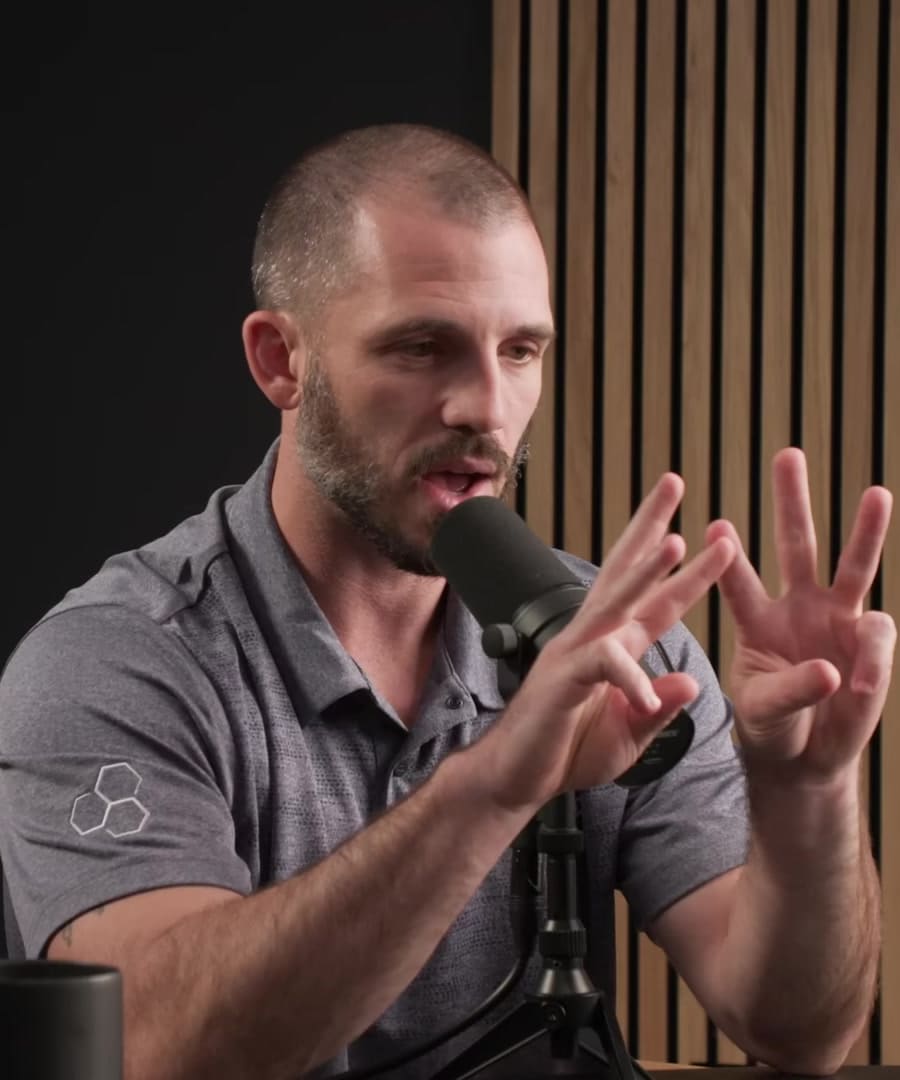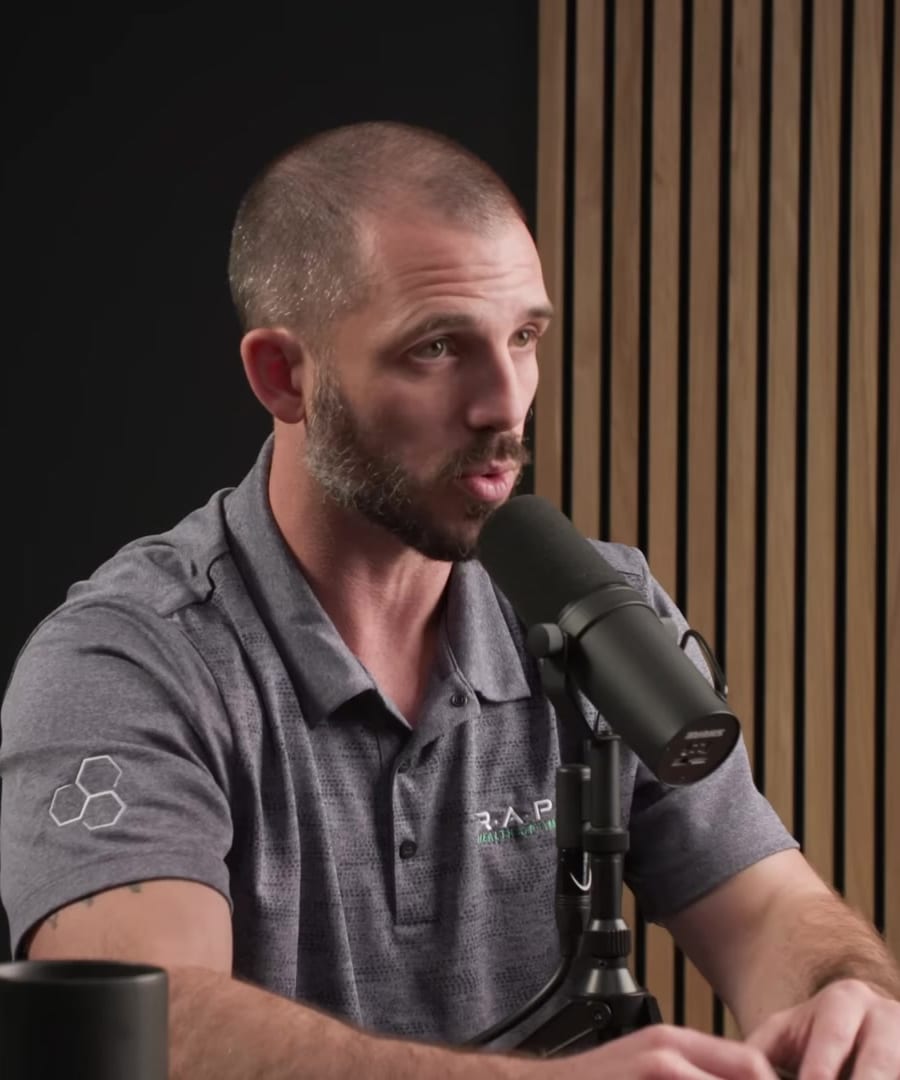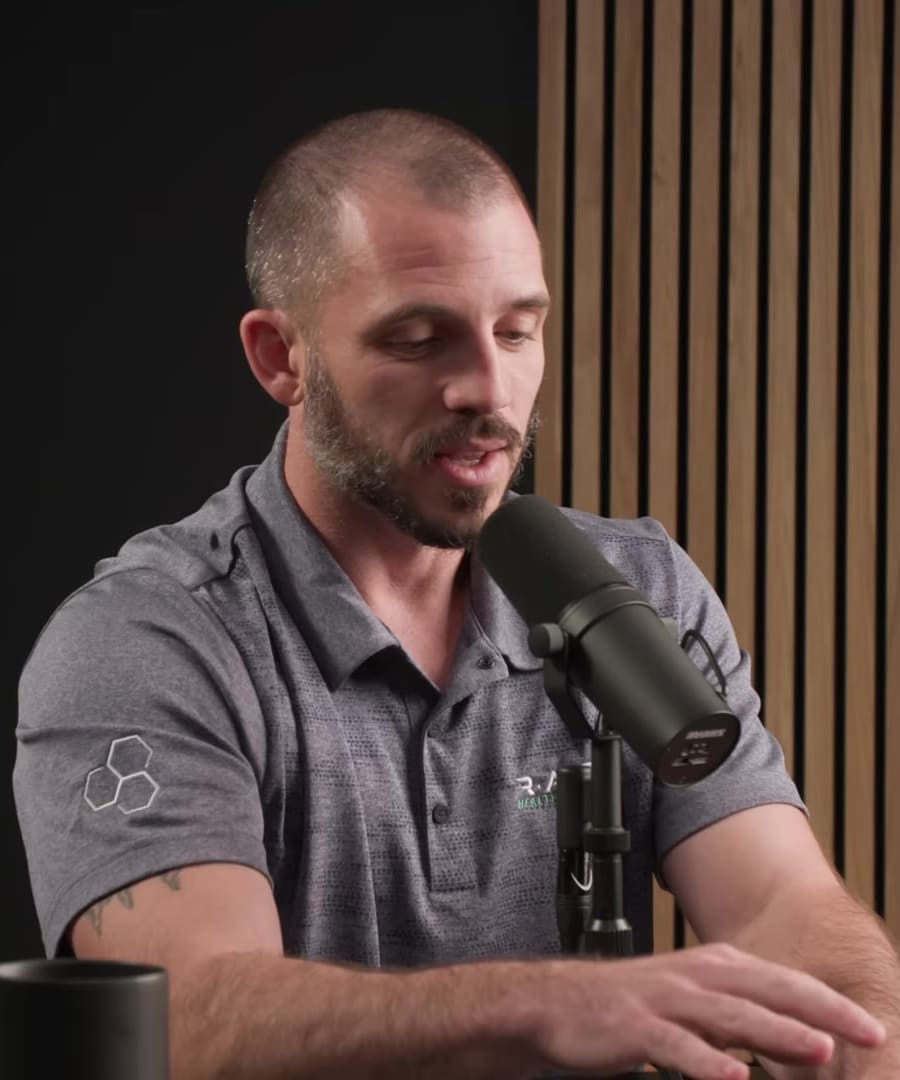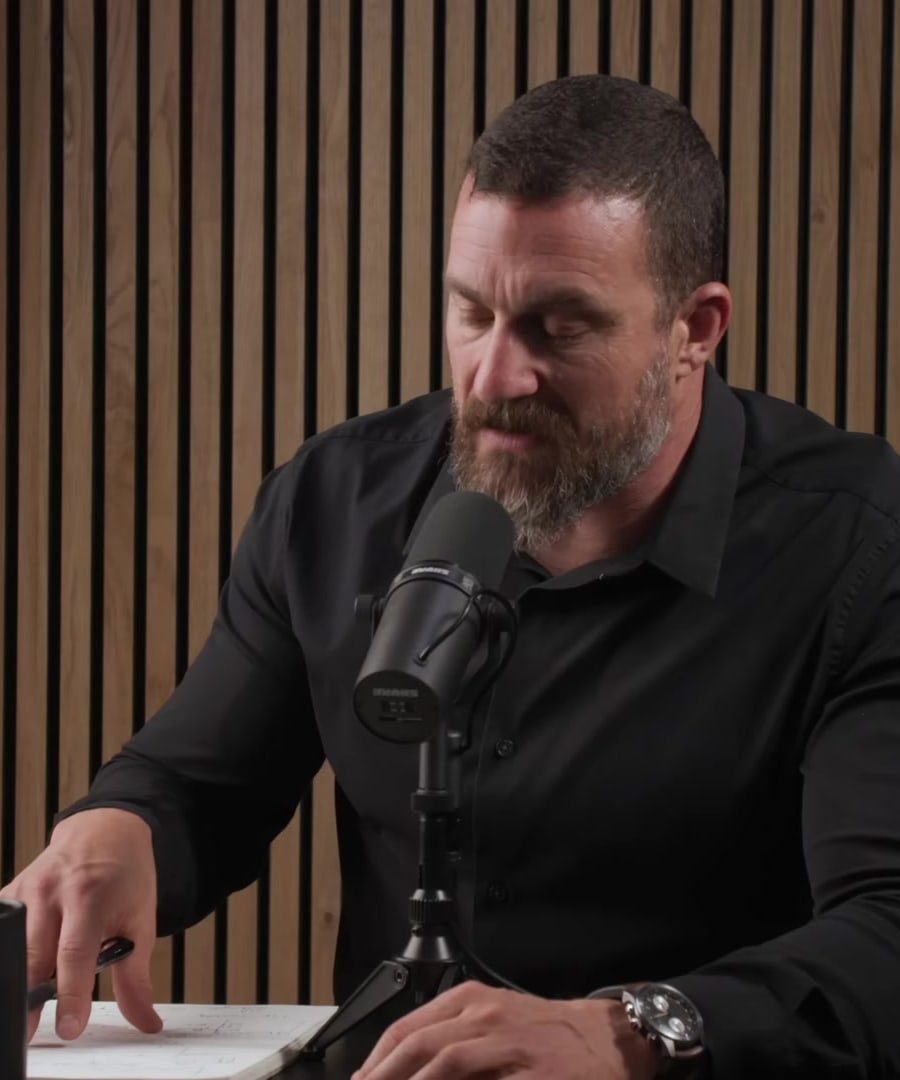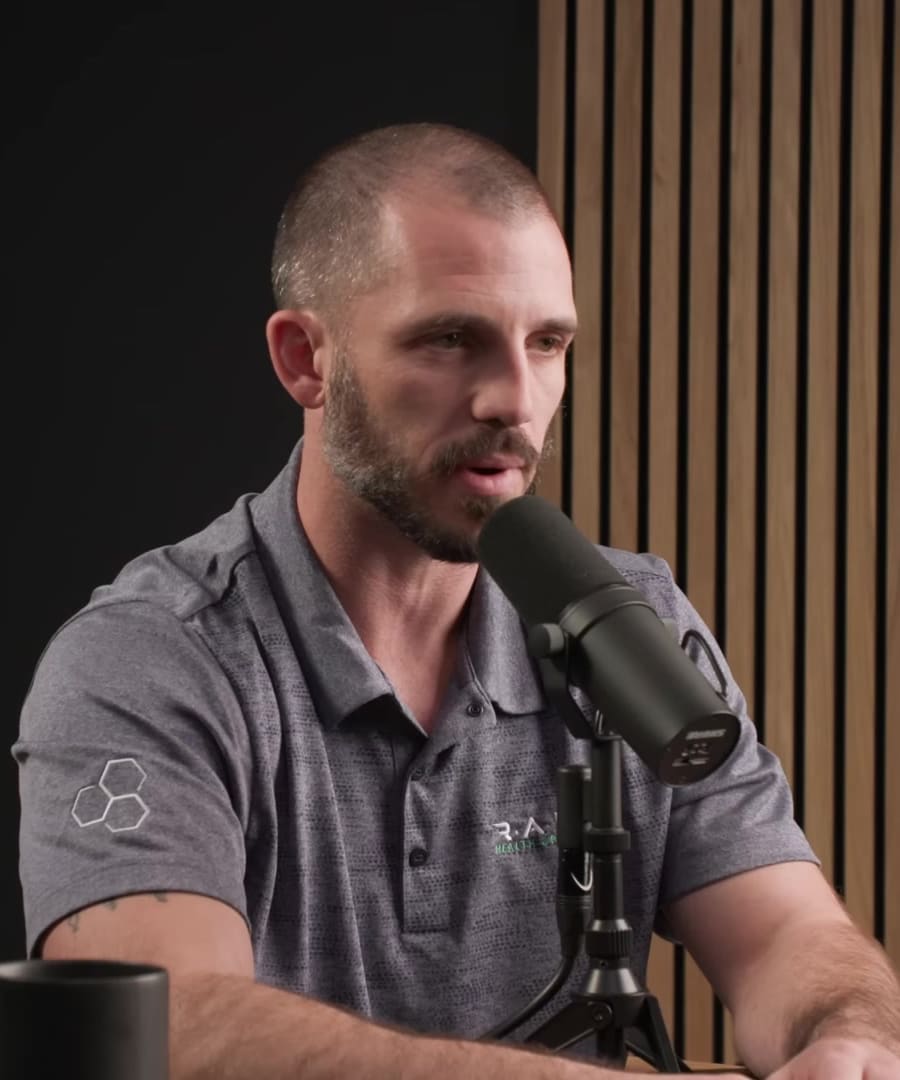What is glycolysis?
Sources:
Glycolysis is the process by which glucose, a six-carbon sugar molecule, is broken down into two three-carbon molecules called pyruvate, resulting in a net production of a small amount of ATP, the energy currency of the cell. During glycolysis, glucose is phosphorylated and split into these smaller molecules through a series of enzymatic steps. If oxygen is available, pyruvate can then be transported to the mitochondria where it enters the citric acid cycle and electron transport chain, leading to the production of a much larger amount of ATP, typically 28 to 30 molecules for each glucose molecule metabolized 1.
In the absence of oxygen, such as during intense exercise, anaerobic mechanisms take over. These produce ATP more rapidly but less efficiently than aerobic pathways and result in the production of lactate. This lactate can serve as a buffer against the accumulation of free hydrogen ions, which can cause the sensation of muscle burn during high-intensity exercise 2 3 4 5.
Glycolysis is thus a fundamental metabolic pathway for energy production, especially in muscle cells during exercise, and it provides the necessary ATP for short bursts of high-intensity activity 6 7 8.
RELATED QUESTIONS

